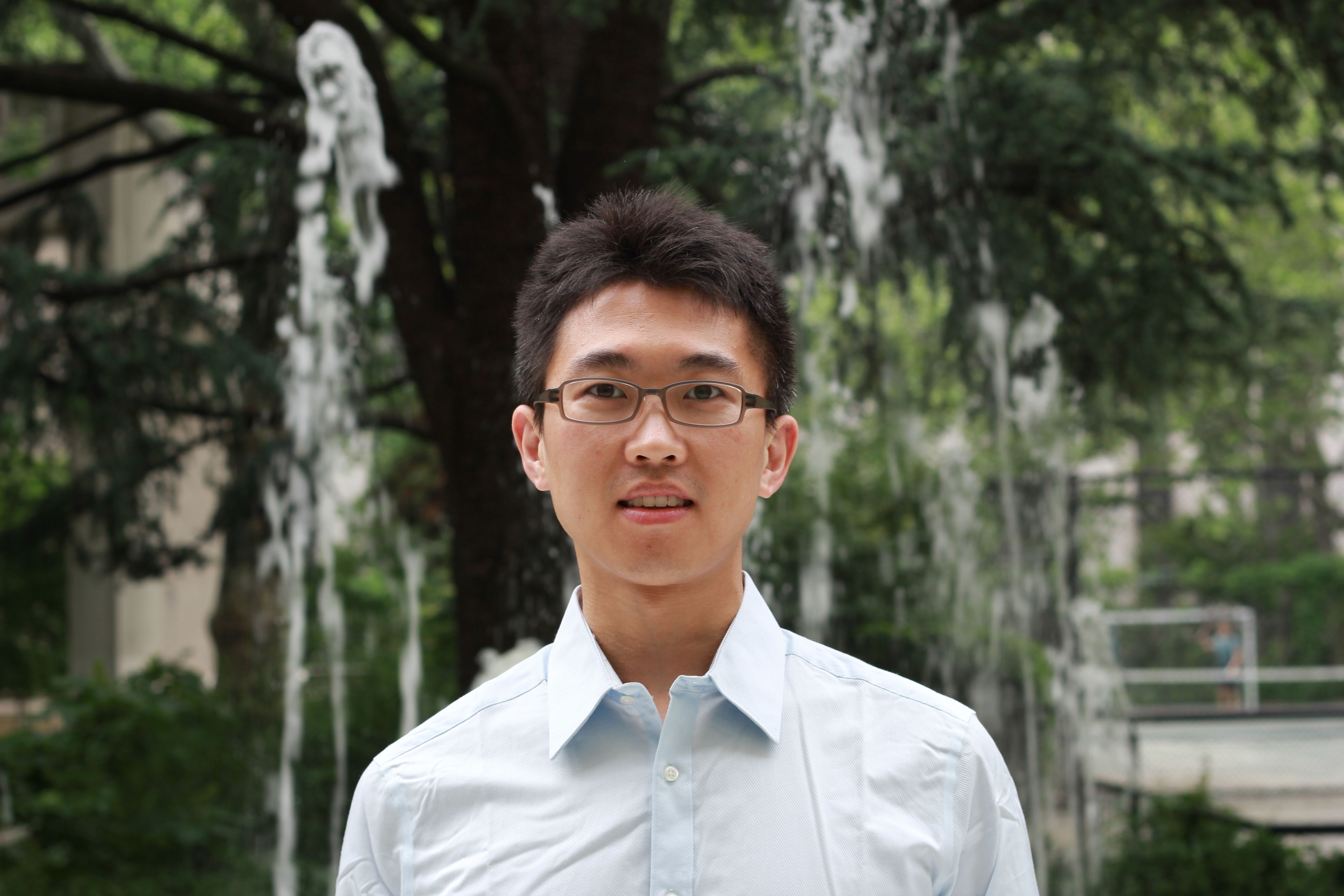Zhe Zhang

Email:zzhang01(at)pku(dot)edu(dot)cn
Research Area:
Membrane proteins constitute about 1/3 of the total proteins in living organisms. Owing to their essential roles in a variety of fundamental biological processes, about 60% of approved drugs target the membrane proteins. Therefore, scientific research on membrane proteins not only has its biological significance, but also plays an important role in the drug development.
Our lab focuses on the mechanistic study of important membrane proteins, especially the disease-related ones, aiming to illustrate their functional mechanisms as well as to guide the downstream drug development. We mainly carry out structural study using single-particle Cryo-EM and X-ray crystallography. In order to thoroughly understand our scientific questions, we also combine biochemical, cell biology, and all the other necessary techniques.
Membrane proteins can be mainly divided into four categories according to their different functions: channels, receptors, transporters, and enzymes. Our lab is particularly interested in two classes of them: transporters and receptors. In the short term, we will first focus on the study of solute carrier (SLC) transporter family. SLC transporters are a kind of secondary transporters, and they are the second largest membrane protein family after GPCR (G-protein coupled receptors). Human has more than 400 SLC transporters which are divided into over 50 subfamilies. SLC transporters passively transport their substrates across the cell membrane down their concentration gradients, or they can transport one substrate against its chemical gradient using the energy from transporting another substrate. The substrates for different SLC members vary greatly, ranging from inorganic ions to neurotransmitters, nutrients, and drugs. In the long term, we will also study different families of membrane receptors, including receptor tyrosine kinases (RTKs) and Notch receptors.
Selected Publications:
1. Fangyu Liu*, Zhe Zhang*, Anat Levit, Jesper Levring, Kouki K. Touhara, Brian K. Shoichet, and Jue Chen$; Structural identification of a hotspot on CFTR for potentiation; Science; 2019,364(6446): 1184-1188. (doi: 10.1126/science.aaw7611) (*co-first author)
2. Zhe Zhang*, Fangyu Liu*, and Jue Chen$; Molecular structure of the ATP-bound, phosphorylated human CFTR; Proc. Natl. Acad. Sci. USA; 2018, 115(50): 12757-12762. (doi: 10.1073/pnas.1815287115) (*co-first author)


